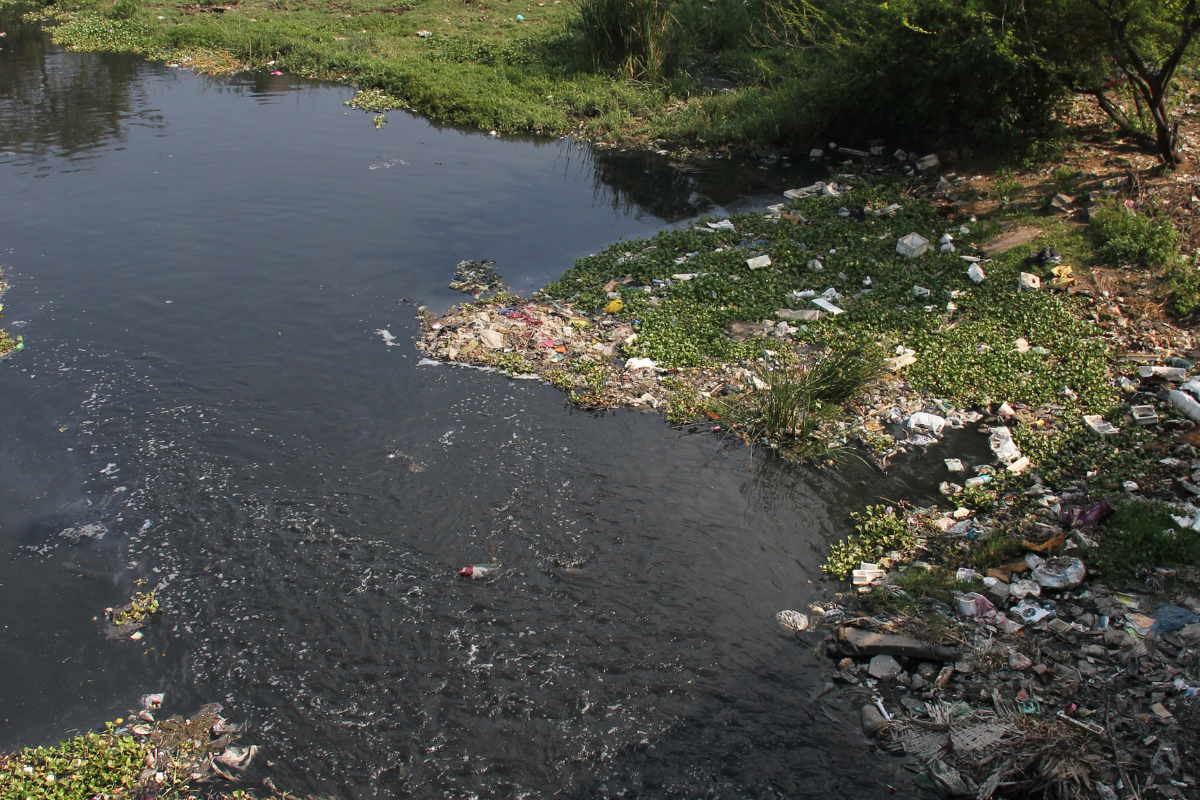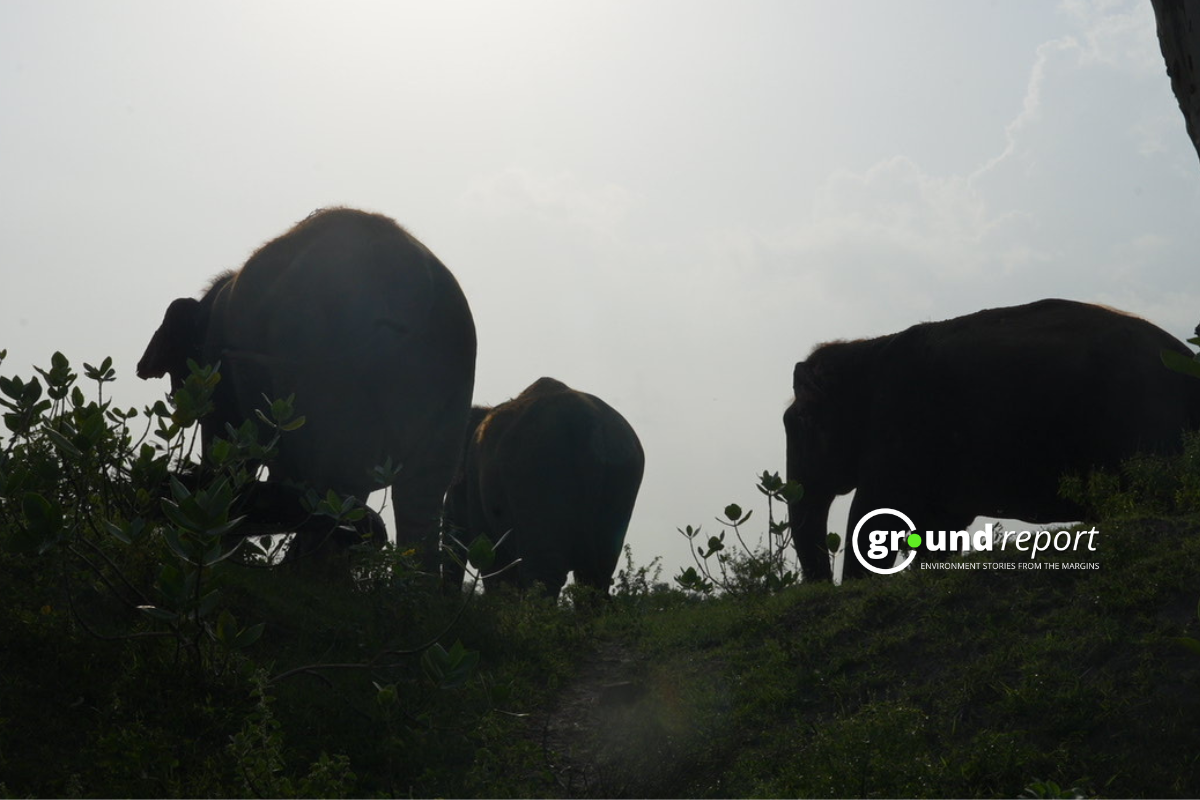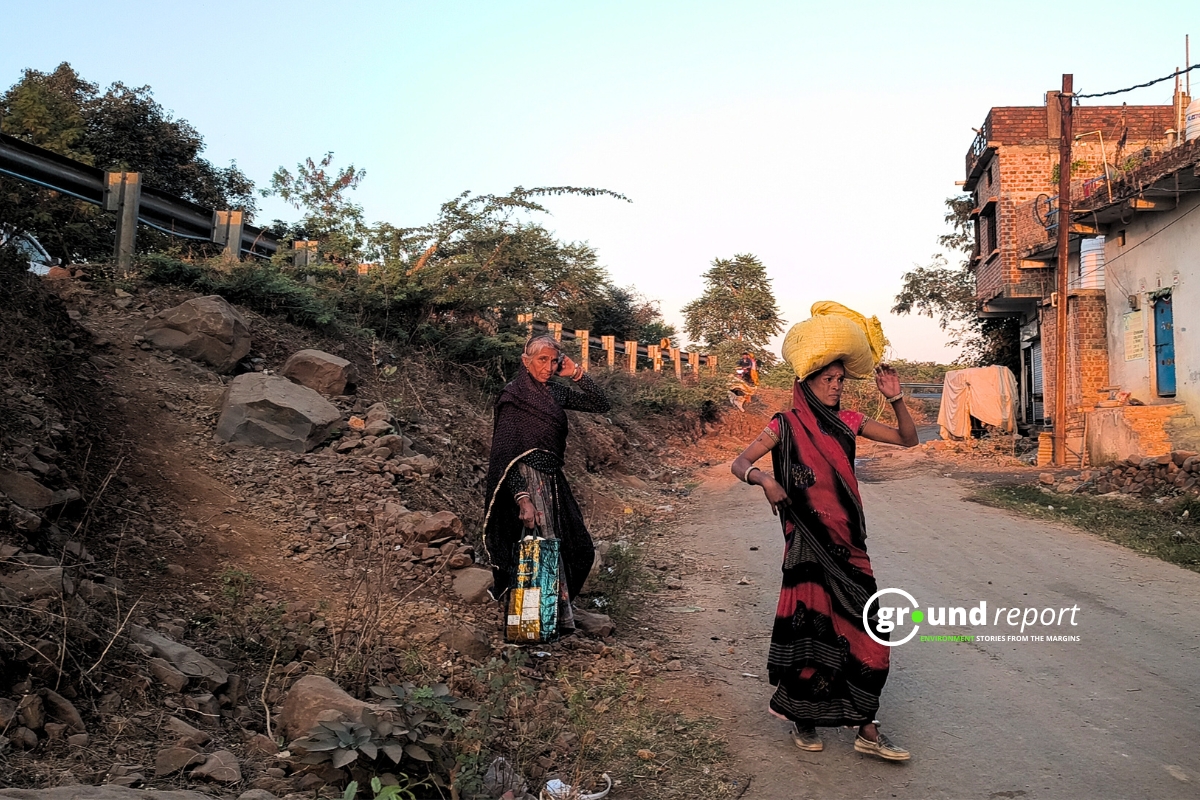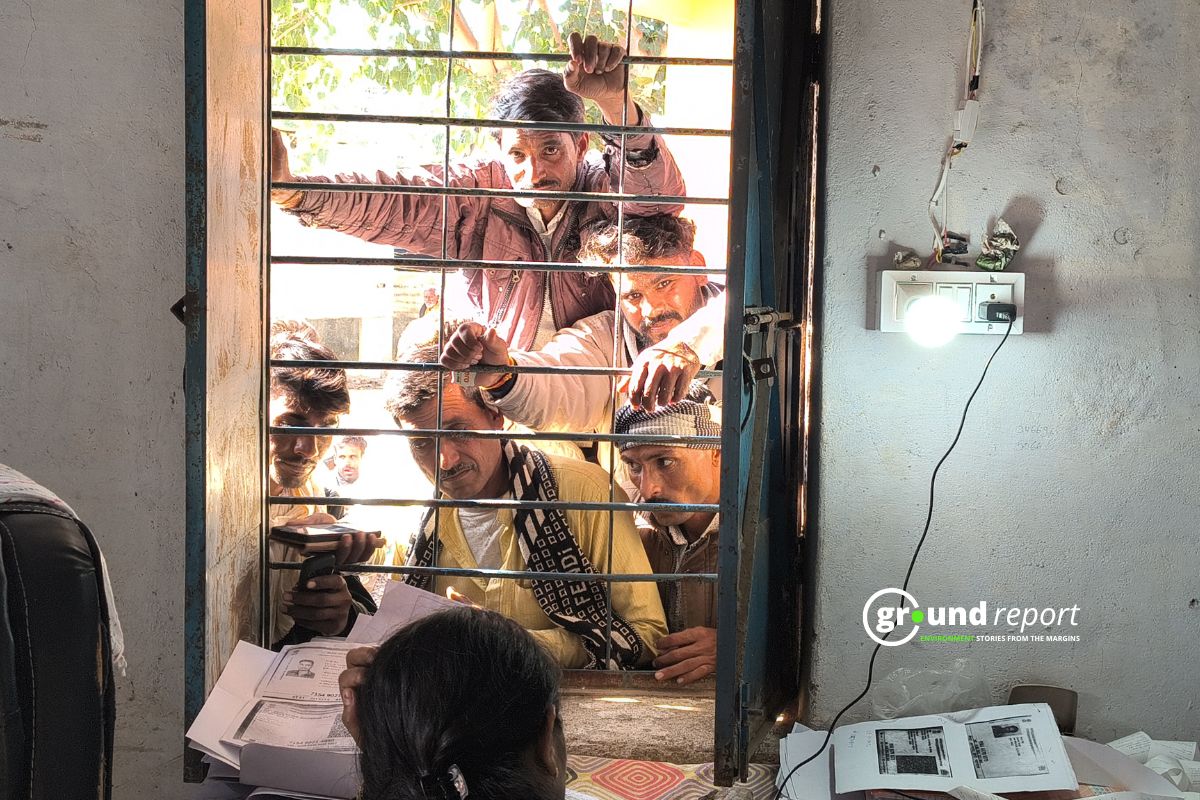A recent report of a private tanker dumping sewage into the Cooum River from Mogappair Bridge in Chennai prompted the Nation Green Tribunal’s (NGT) Principal Bench to instruct the Southern Bench in Chennai to file a suo motu case. Dubbed by the Central Pollution Control Board (CPCB) as the most polluted river in India in its 2022 report, local environmentalists and social workers are relentlessly campaigning against its unabated pollution. The CPCB ranking is based on a measure of the biochemical oxygen demand (BOD), which is the amount of oxygen necessary for organic waste to decompose.
Many efforts have been made over the years to clean up the Cooum River. Government departments have allocated thousands of crores for various cleanup projects, but progress needs to be made faster. The NGT observed that Rs. 735 crore has been spent since 2015 by the Chennai River Restoration Trust (CRRT) to restore the Cooum River. However, the river remains highly contaminated.
The Central Pollution Control Board’s (CPCB) latest report from 2022 found that the BOD in the river between 2019 and 2021 was found to be 345 mg per litre, the highest among the 603 rivers in the country.
CPCB categorised the Cooum River as category 1, which indicates that the BOD exceeds 30mg/L and that it is highly polluted and is in urgent need of remediation. The river’s condition further worsened the following year, as the Tamil Nadu Pollution Control Board (TNPCB) labelled the Cooum River, along with the Adyar River, and Buckingham Canal, as dead. Thus deeming them unfit for any kind of life form.
A sewage tanker is releasing untreated sewage from Mogappair bridge into Cooum in broad daylight this morning at 11.30am.
CRRT has spent Rs735 crore to restore Cooum since 2015, @CHN_Metro_Water has spent Rs193.25 crore to plug 37 out of sewage inlets as of last year.
The… pic.twitter.com/Nnx87WVDyy— Padmaja J (@padmajaTOI) March 23, 2024
Source of trouble
According to the Greater Chennai Corporation, 200 tonnes of waste is dumped along the Cooum River between Maduravoyal and Napier Bridge. Wastes from industry, households, slum settlements, agriculture and urban animal husbandry all contribute to the pollution of the River. Solid waste and debris, including rotten food, thermocol blocks, cardboard and debris. Encroachers repeatedly set fire to the waste, leading to further trouble.
However, it is the untreated sewage which plagues the restoration efforts by the Chennai River Restoration Trust. Cooum has 118 sewage outfalls, as per initial enumeration by the CRRT. Nearly 70,000 families live along the course of the river, whose illegal sewage inlets are drained into the rivers. The lack of adequate sewage infrastructure contributes to the continued pollution of the city’s waterways. Residents complain that runoff from the river often causes disease from an increased mosquito presence, athlete’s foot and contamination of both tap and drinking water
River restoration
The southern bench of the National Green Tribunal (NGT) has directed the Chief Secretary to the Tamil Nadu government to file a status report on the River’s restoration status. In Nov 2022, the Bench ordered the Tamil Nadu government to monitor pollution and check the rampant discharge of sewage into water bodies. It had also asked the government to remove encroachments, debris, and water hyacinths.
NGT pointed out that the CRRT was the body entrusted with coordinating and monitoring the water restoration projects. The Chennai River Restoration Trust (CRRT) is a government-owned organization established in 2010, to restore Chennai’s rivers and waterways.
Hafiz Khan an environmentalist and founder of Communitree, an organization dedicated to urban forestry, said to the Ground Report,
“Our organisation is speaking with various corporations to fund Cooum revival projects at the moment. For a dead river like Cooum, we plan to plant trees across Cooum near Saidapet and create floating plant islands to remove the contaminants in the water.”
In 2022, the Greater Chennai Corporation (GCC) planted 43 types of indigenous tree saplings on the banks of the Cooum along the Napier bridge stretch to keep away encroachers from the restored river bunds.
The eco-restoration of Cooum plans involves officials of the GCC, CRRT, and CMWSSB, with CRRT playing the role of a nodal body. In the restoration process, Chennai Metro Water Supply and Sewerage Board (CMWSSB) is tasked with mitigating the sewage outfalls into the rivers; WRD also undertakes sustainable river-mouth widening; and Tamil Nadu Urban Habitat Development Board (TNUHDB) evicts families for resettlement.

CMWSSB, along with CRRT, has formulated mitigation proposals for the prevention of sewage outfalls into Cooum at a cost of Rs. 123.19 crore. The Integrated Cooum River EcoRestoration Project (ICRERP) is under implementation to enhance the ecological condition of city waterways. The Chennai River Restoration Trust is plugging 23 identified sewage flows into the river, which will be plugged for 50 crore. With additional expenditure on building monitoring and control centres to keep tabs on licensed private sewage tankers plying in the city,. However, it was found that the GPS of Metrowater is not working efficiently. CRRT spent 6.25 crore to remove 100,485 tonnes of debris and garbage dumped along the Cooum River bank. They have removed 39,000 metric tons of hyacinth and floating materials from eight locations and a compound wall. In addition, boundary fences have been put up to prevent the dumping of garbage and solid waste.
In the report filed by the GCC to the NGT last November, they stated that through regular cleaning work and periodic special drives, garbage accumulated in the bunds is cleared from the banks of the Adyar and Cooum rivers. 13,481 slum families out of the 14,257 project-affected families living along the banks of the Cooum River were resettled in TNUHDB tenements in May.
However, S Janakarajan, President of the South Asia Consortium for Interdisciplinary Water Resources Studies, expressed dismay to the news portal, Citizen matters, saying
“Instead of spending crores of rupees on various activities, CRRT could focus on plugging the sewage outfalls. In a couple of years, the rains will flush out the existing sewage and the rivers will start to revive”.
His concern reflects the repeated oversight by government officials in tackling the root cause of the “dead” state of Cooum. With crores of rupees spent and decades of efforts spent cleaning the Cooum River, the present state of the river is a damning indication that the officials have to urgently rethink their approach to reviving Cooum from the dead.
Keep reading
Tank under construction, dam under repair & Chanderi Village struggles for water?
“We are made homeless”: Fishermen lose their livelihood and home due to Omkareshwar Floating Solar
Machora, Tikamgarh: Women struggle in water scare village and await better policies
Follow Ground Report for Environmental News from India. Connect with us on Facebook, Twitter, Koo App, Instagram, Whatsapp and YouTube. Write us on GReport2018@gmail.com and subscribe our free newsletter.
Don’t forget to check out our climate glossary, it helps in learning difficult environmental terms in simple language.










